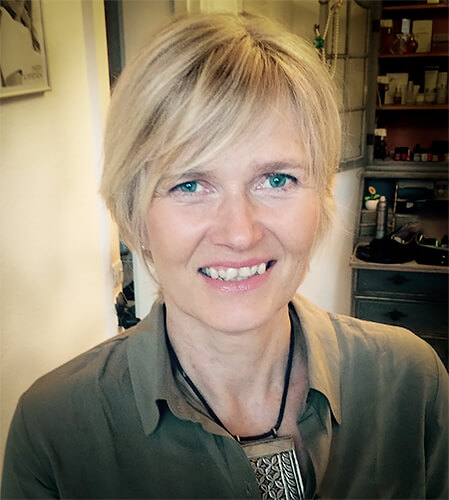Dorte Verner was born in Denmark and lives in Washington, D.C, USA. She holds a Ph.D. in economics and a passion for bringing change and attention to vulnerable people and voiceless people. Dorte's expertise in international development allows her to understand the reality in the environments she photographs. Dorte has won numerous prizes and awards for her photographs, e.g. she won the Nikon-100-Year Photo Contest 2016-2017, specifically the Most Popular Entry: Disappearing Fishing Method by Moken out of 80,000 submitted photographs. In the 2017, Dorte received first and third prize in Culture and Traditions, respectively in prestigious International Photo Award (IPA) by the Lucie Foundation and the Silver Prize in PX3. Dorte has photographed since 2011 and is a self-taught photographer.
Dorte's photography focuses on people that has little voice and never make the news, but who have important knowledge and experiences to share. She captures their strength and beauty through intimate moments. She has focused on nomads, refugees, indigenous people, and people affected by climate change, among other changes. Dorte's portfolio centers on environmental portraits, with images inspired by the lives and livelihoods of people living in extreme situations. These people live in remote geographical locations, including: rural areas in Africa such as refugee camps; the Arabian Desert; Latin America's Amazon and drylands; and Asia's plains and mountains.
Dorte's photographs are featured in many shows and galleries in Africa, Asia, Europe, and the USA. Currently her photographs are exhibited in The Silk Road, Photography Biennial of Tianshui, China; and in two solo exhibitor shows: The Sahel, The World Bank, USA and Beyond Borders, Henry Luce III Center for Arts and Religion, Washington D.C., USA. They are also on permanent display in International Organizations and published in magazines such as GEO and Vanity Fair and on the cover of books and publications.
